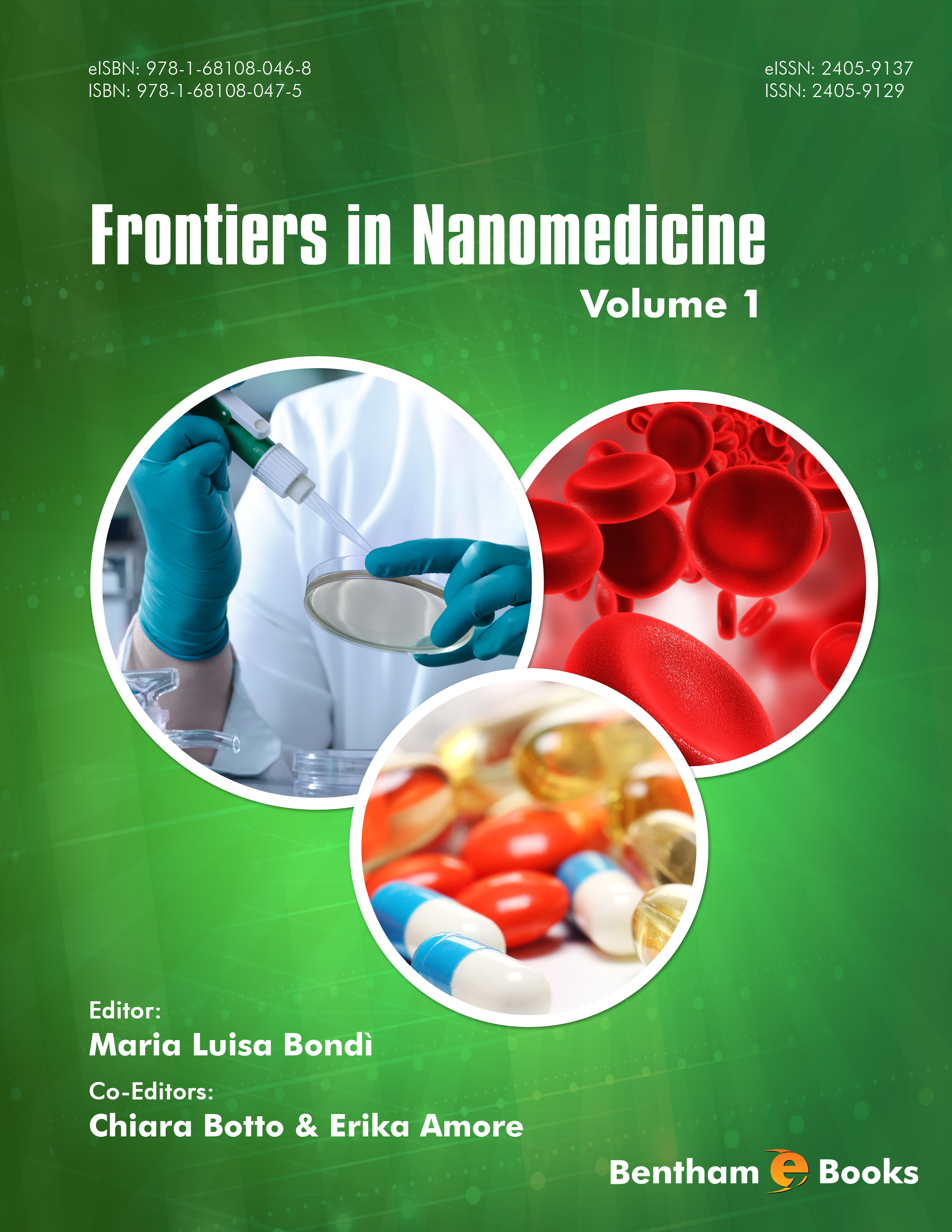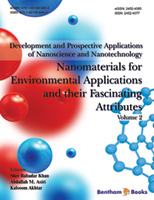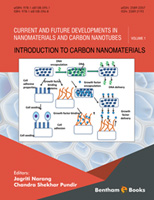The problems related to the side effects of conventional drug administration led to a growing
interest towards the development of systems able to release drugs selectively into the target site
and at controlled rate. Basically, a good targeted drug delivery system should localize and prolong
the drug action, with the inherent advantage of reducing the administered drug dose, decreasing
consequently side effects.
In the field of drug delivery systems, colloidal carriers, and in particular nano-scaled carriers, had
a great impact, being made of biocompatible materials and suitable for any route of administration
and different pathologies, difficult to treat with conventional therapies.
The application of nanostructured materials to medicine has greatly accelerated not only the
treatment of many diseases, but also the diagnosis. In fact, the development of nanotechnologybased
imaging devices improved the specificity and sensitivity of diagnostic imaging by allowing
the non-invasive and quantitative detection of specific biomolecules in humans, enabling the
characterization of biological processes at the cellular and/or molecular level.
Chapters written by experts will make the reader acquainted with a variety of topics ranging from
nanoparticles for drug, gene delivery and for bio-imaging purposes.
In particular, Chapter 1 discusses the use of nanoparticles in biomolecular recognition and imaging
applications, describing nucleic acids and biomarker detection and focusing on the systems already
being translated into clinical settings.
Chapter 2 and Chapter 3 focus their attention on the use of nanostructured systems for the
treatment of liver diseases. In Chapter 2, the physiology and anatomy of the liver, the
epidemiology, natural history and current clinical treatments of liver diseases are summarized,
followed by a description of the most common nanoparticle types employed in the treatment of
liver diseases, as well as a description of preclinical and clinical evidence for the treatment of liver
diseases by nanotechnology approaches. Chapter 3 discusses the available strategies to realize
targeted drug delivery to hepatocytes by galactose-decorated nanostructured systems based on
polymers, i.e. in viral hepatitis and in liver cancer, when hepatocyte is the key target cell for
therapeutic interventions.
Breast cancer is the subject of Chapter 4, presenting an overview of different nanoparticulate drug
delivery systems developed for breast cancer treatment either under preclinical or clinical
evaluation and also discussing different ways to obtain targeted delivery.
Targeted drug delivery systems are particularly required for brain-located pathologies, since the
blood-brain barrier (BBB) seriously impedes any treatment approach. Recent results
demonstrating the ability of nanoparticles to traverse the BBB provide potential alternate means
for targeted drug delivery to the central nervous system and novel therapeutic and/or early
diagnosis applications.
Chapter 5 describes the most recent attempts to develop nanoparticulate systems for diagnosis
and/or therapy of Alzheimer’s Disease. All types of nanoparticles which have been employed upto-
date to target Alzheimer’s Disease are described and also a brief description of BBB physiology
and methodologies used for studying transport of drugs across the BBB are mentioned.
Gene therapy is an important strategy for providing treatment for diseases that have been left
uncured for decades. Therapeutic nucleic acids comprise different types of DNA and RNA, that
need an effective and safe drug delivery system to cross the cell plasma and arrive to the nucleus.
In this regard, synthetic nano-vectors are emerging as safer alternatives to viral vectors as carriers
for nucleic acid delivery. Compared to the viral vectors, the synthetic ones are more
biocompatible, less cytotoxic and can be designed and synthesized to overcome biological barriers
and target specific areas of interest. Moreover, they can protect nucleic acids from enzymatic
degradation in the harsh biological environment. Chapter 6 highlights recent progress about
synthetic nano-vectors for delivery of nucleic acids, discussing some of the common nucleic acids
and the mechanisms currently used in synthetic nano-vectors for their delivery.
This e-Book provides to scientists a short but reasonably comprehensive overview of the most
recent research strategies for the design of drug delivery systems based on advanced materials for
nanomedicine applications. It explains the use of nanotechnology in medicine to improve the
diagnosis of disease and the role of nanoparticles as targeted drug delivery systems for application
in disease therapy and diagnostics. The goal of the authors is to offer to readers an up-to-date
understanding of these materials with either a clinical or research interest in this field.
Maria Luisa Bondì
Istituto per lo Studio dei Materiali Nanostrutturati U.O.S. Palermo
Consiglio Nazionale delle Ricerche
via Ugo La Malfa, 153
90146 Palermo
Italy
&
Chiara Botto & Erika Amore
Dipartimento di Scienze e Tecnologie Biologiche Chimiche e Farmaceutiche
(STEBICEF)
University of Palermo
Palermo
Italy




